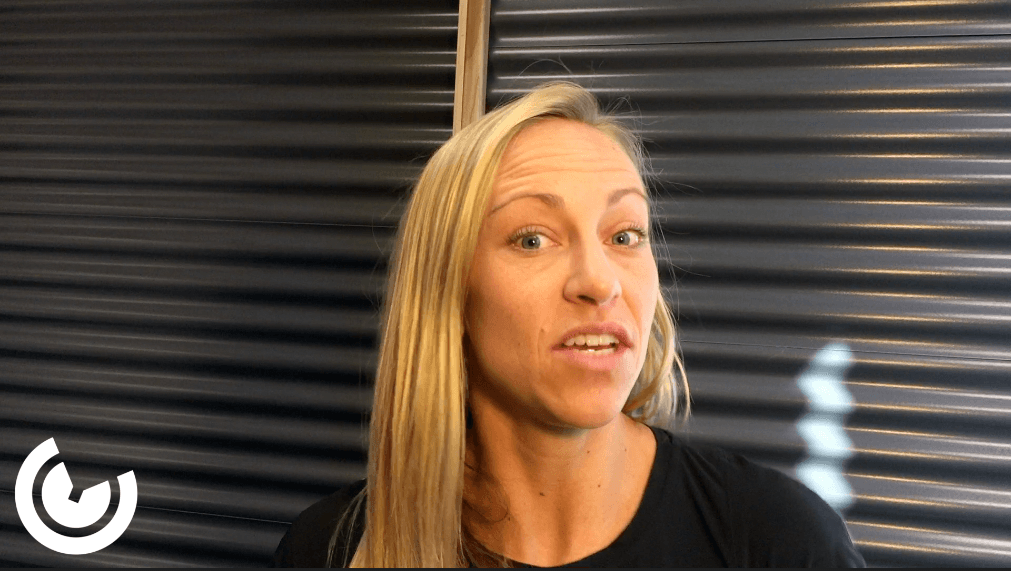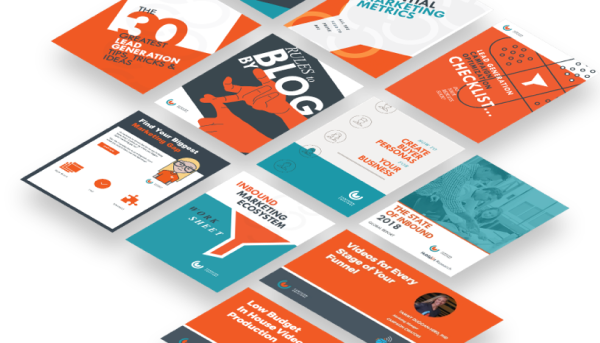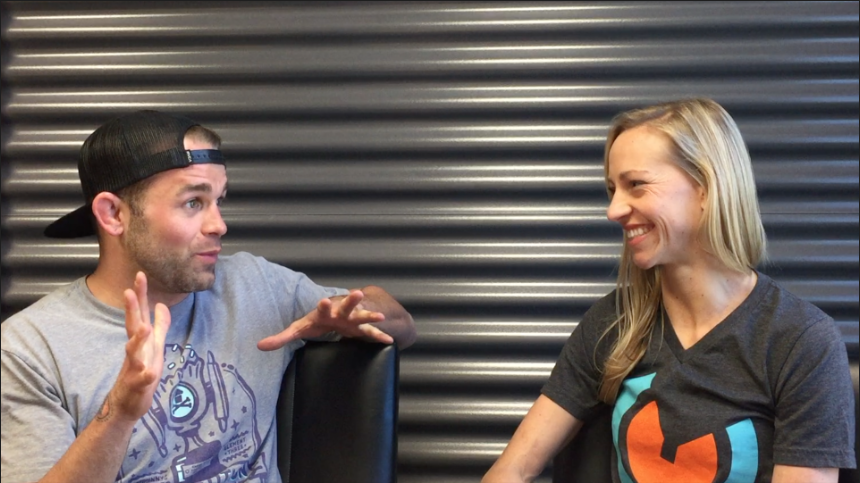Top 5 Free Inbound Marketing Educational Resources
So you want to be a better marketer? Sure, I think we’ve all thought this at one point or another. I mean, as marketers, it’s our job: figuring out...
I know what I am looking for, and would like to chat.
A team of data-driven marketers obsessed with generating revenue for our clients.
Because the proof is in the pudding.
At Campaign Creators we live by three principles: Autonomy, Mastery, Purpose.

The theme of the SDAMA Art of Marketing Conference on November 3 was Closing the Loop and Creating Opportunity. Here’s the run-down of the tips, trends, and insights into closing the marketing loop I took away from my 10 hour day.
This blog post is part of "Your Definitive Guide to Lead Nurturing" blog series.
In our personal lives we know best how to motivate different people, but we rarely do thus with our teams and our customers. Gordon gave a great example: If you want to motivate your 75 year old mother and your 22 year old to join you for dinner, how would you do this? You wouldn't approach them in the same way or with the same pitch, right? You would call your mom on her landline and ask her to join you and her grandson for an early bird dinner on you but you would text your son “Buffet dinner on me.”
So why then when we get to the office we forget to tailor our motivational approach to our team and our customers.
Here’s the [quick and dirty] breakdown of what characterizes and motivates each generation:
To learn more about marketing to millennials, check out our article on the subject.
Here are the steps to take to determine your brand DNA and how your brand will inspire (in this order):
The key steps often missing from your marketing campaign plan are:
The principles of conversion optimization work across industries, from B2B to B2C, humans are humans after all! But, you should be skeptical of so-called “best practices” because most have never been tested or tested in a completely different context.
Chris presented the LIFT model to help you get into the mind of what your users are experiencing when they are viewing your landing page. The model presents 6 factors that either drive conversion, or inhibit it.
You should ask these questions when evaluating a landing page:
To increase conversion your page should reduce distraction and anxiety, and increase clarity, relevance and urgency.
The must do’s for video in 2016 (& 2017):
This panels was chalk full of knowledge and tips on the tools and tactics to use, and the pitfalls to avoid with your marketing automation and lead nurturing programs. You can watch the full session here.
Ideas are useless when it comes to A/B Testing unless they are transformed into hypotheses. To develop a hypothesis to test start by looking at your analytics (funnel report, heat map, from error submission report, exit page and bounce report, and high traffic/low conversion landing pages) and then check in with the voice of your customer (email survey, page walk-through, pop up questionnaire). Use the information gathered to craft a testable hypothesis:
If we do this then this will happen because of this reason.
Cara also had great ideas for garnering buy in from your organization. You can place bets on A/B tests or host an A/B test “hack-a-thon” where people from other departments come up with hypotheses to test. Optimizely has a great free toolkit for A/B testing. I also recommend checking out our vlog series on Statistics for Digital Marketing.
A strong marketing campaign starts with a killer lead generation strategy. To get some insight on your own, check out our Introduction to Lead Generation. This free guide will help you with all of the basics of lead gen; just click to download here.
Did you catch a session we didn't? Have any additional insights from the conference? Let us know below.

So you want to be a better marketer? Sure, I think we’ve all thought this at one point or another. I mean, as marketers, it’s our job: figuring out...

Driving high-quality leads and converting them into customers is the ultimate goal of any marketing or sales team. But how do you create a strategy...

Luke Summerfield, Program Manager and GDD guru at HubSpot, shared with Campaign Creators how to apply Growth-Driven Design tactics to your campaign...